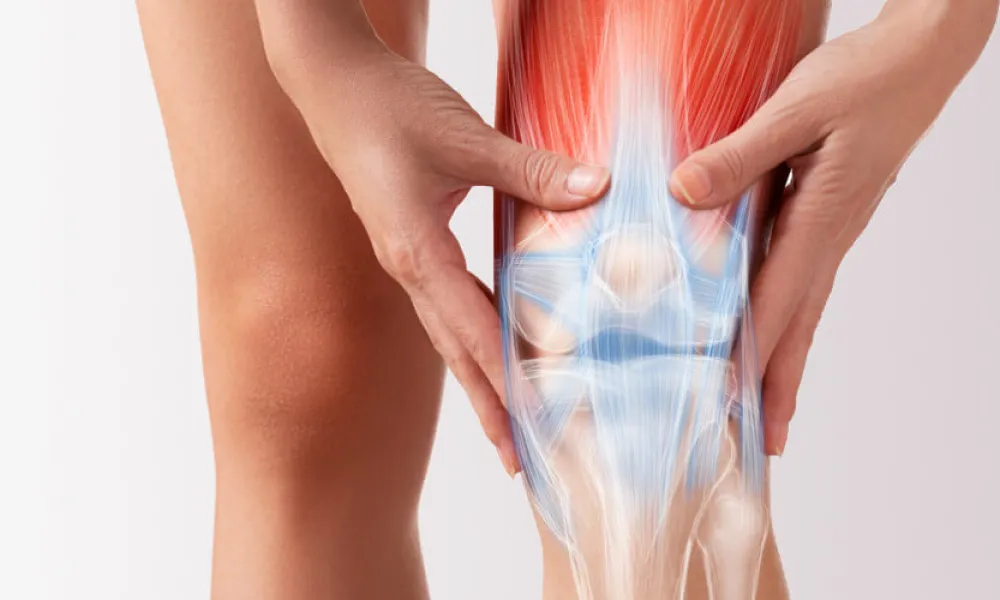
Knee Arthroscopy/Meniscectomy: The Process
Knee Arthroscopy/Meniscectomy Resources
Knee Arthroscopy/Meniscectomy: The Process
Basic information about this procedure:
You are scheduled for an arthroscopic surgery to remove torn meniscus and/or cartilage tissues from your knee. For this surgery, most people "go to sleep completely" during surgery with a general anesthetic. Surgery with a spinal anesthetic is also an option. Three small incisions are made to allow special instruments, including a fiber-optic camera, to be placed into your knee. Sterile saline (saltwater) is brought into the knee joint continuously with tubing to provide a clear view for the surgeon. Torn parts of the meniscus and/or damaged cartilage on the bone surfaces are carefully removed with special arthroscopic instruments. The end result is a knee lined with smooth and stable tissues rather than rough, torn, and unstable edges. The actual surgery time is usually about 30 minutes, but if extensive work is needed, the procedure may last slightly longer. At the end of the surgery, local anesthesia medication is injected into the knee and reduces pain for about 10 to 12 hours after surgery. This explains why patients often note that their pain is not severe at first, then worse the day after surgery.
In most cases, the small incisions are closed with Steri-strips only and no skin stitches are used. Steri-strips are somewhat waterproof, lasting seven to ten days, and then they begin to peel back at the edges. If nylon stitches are used at the skin level, they will need to be removed at roughly 7 to 14 days after surgery. This will be done at your first post-operative visit.
The initial bandage often gets soaked with fluid and blood, and may need to be changed several times during the first 48 to 72 hours . Drainage after surgery should gradually decrease within 48 hours. If desired, dry sterile gauze pads and an Ace wrap can be continued beyond 48 hours to protect the incisions from irritation from clothing, pets, young children, etc. Other patients elect to use large Band-Aids only after 48 hours if there is no major drainage from the incisions. Once the incisions are completely dry, the use of Band-Aids or a bandage is optional.
Expectations / Risks / Recovery:
This surgery has a very high success rate. In almost all cases, your recovery will be smooth and relatively quick, allowing you to resume all activities that you want to participate in within 4 to 6 weeks. However, everyone heals from knee surgery at a different pace; a small number of people still experience pain and swelling several months after surgery.
Arthroscopic knee surgery has a very low complication rate (less than 1%). The standard risks of surgery include post-operative infection, blood clots in the leg (DVT), nerve or blood vessel injury, or anesthesia complications.
Immediately after surgery, if your pain is minimal when walking, then the use of crutches or a walker is not required. If necessary due to pain, patients may opt to use crutches or a walker for a few days after surgery. Once more comfortable, most people are able to walk with a minimal limp within one or two weeks after surgery. Most patients realize a benefit from arthroscopic knee surgery within 4 to 6 weeks. Reduction of pain and swelling, and improvement in knee strength, motion, and coordination may continue for three to four months after surgery.



